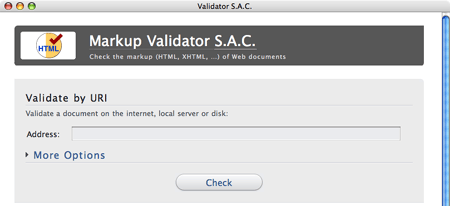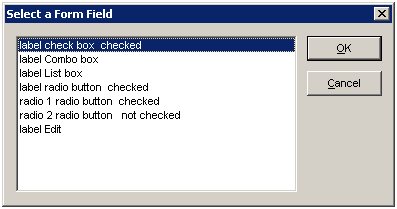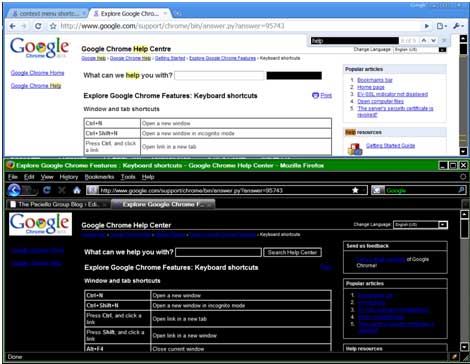In my previous post I gave an example for a very minimalistic ARIA slider, with the intention of demonstrating how simple it is to add ARIA using only a few attributes. I know there are some developers out there who wishfully think that, in order to make their rich interface widgets accessible, all they have to do is add ARIA to it. Others are skeptical about ARIA for that very reason. The truth is of course that ARIA is only part of the effort, and work is required to make any widget accessible (whether you’re using ARIA or not). In this post I want to cover some of those issues and give an overview of what else to think about when creating an accessible slider.





